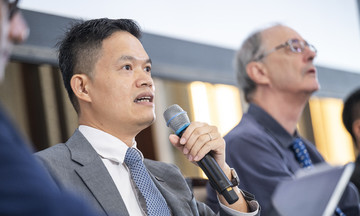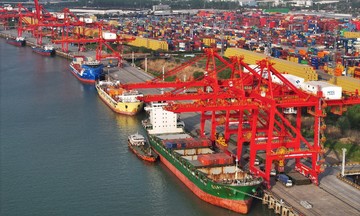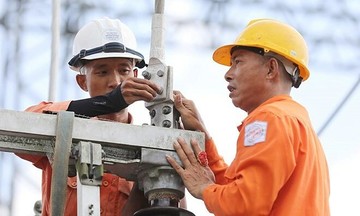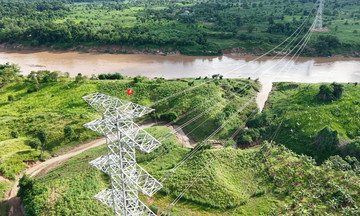The Ministry of Industry and Trade outlined the pilot program for two-part electricity pricing in a draft decision currently under consultation.
Vietnam currently uses a single-part tariff, where payment is based solely on consumption. This method is considered inadequate for accurately reflecting the costs incurred by the power sector (asset depreciation, power lines, substations, etc.) for each customer. With a two-part tariff, comprising charges for both electricity consumed and registered capacity, customers will pay separately for each kW of capacity they register monthly with the supplier. Even when not using electricity, they will still incur this capacity charge, instead of the power sector bearing the cost and recovering it through price adjustments as is the current practice.
According to the draft decision, the Ministry of Industry and Trade proposes implementing this pricing mechanism in 4 phases. Phase 1, from now until the middle of next year, involves a pilot program with manufacturers currently engaged in direct power purchase agreements between renewable energy generators and large electricity consumers (manufacturing and commercial).
In this phase, the Ministry of Industry and Trade will survey and collect all metering data, such as electricity consumption and usage patterns. This data will inform the development of a suitable calculation method based on input parameters for the customer groups selected for the formal trial.
Phase 2, from January to June 2026, will focus on communication and paper-based trials. Specifically, authorities will issue parallel invoices (without actual payment) to all participating customers, along with guidelines on two-part retail electricity pricing.
Phase 3, from July 2026 to July 2027, will involve a year-long formal trial of the two-part pricing mechanism. During this period, the regulatory body will monitor and evaluate changes in demand, electricity usage behavior, customer reactions, and electricity sales revenue. They will also research and adjust components within the pricing structure.
In Phase 4, starting from August 2027, the Ministry of Industry and Trade will evaluate the results and expand the application of two-part electricity pricing to other customer groups.
According to the draft, EVN is responsible for developing, calculating, and proposing two-part retail electricity prices for submission to the Ministry of Industry and Trade, and for implementing the program according to the outlined roadmap.
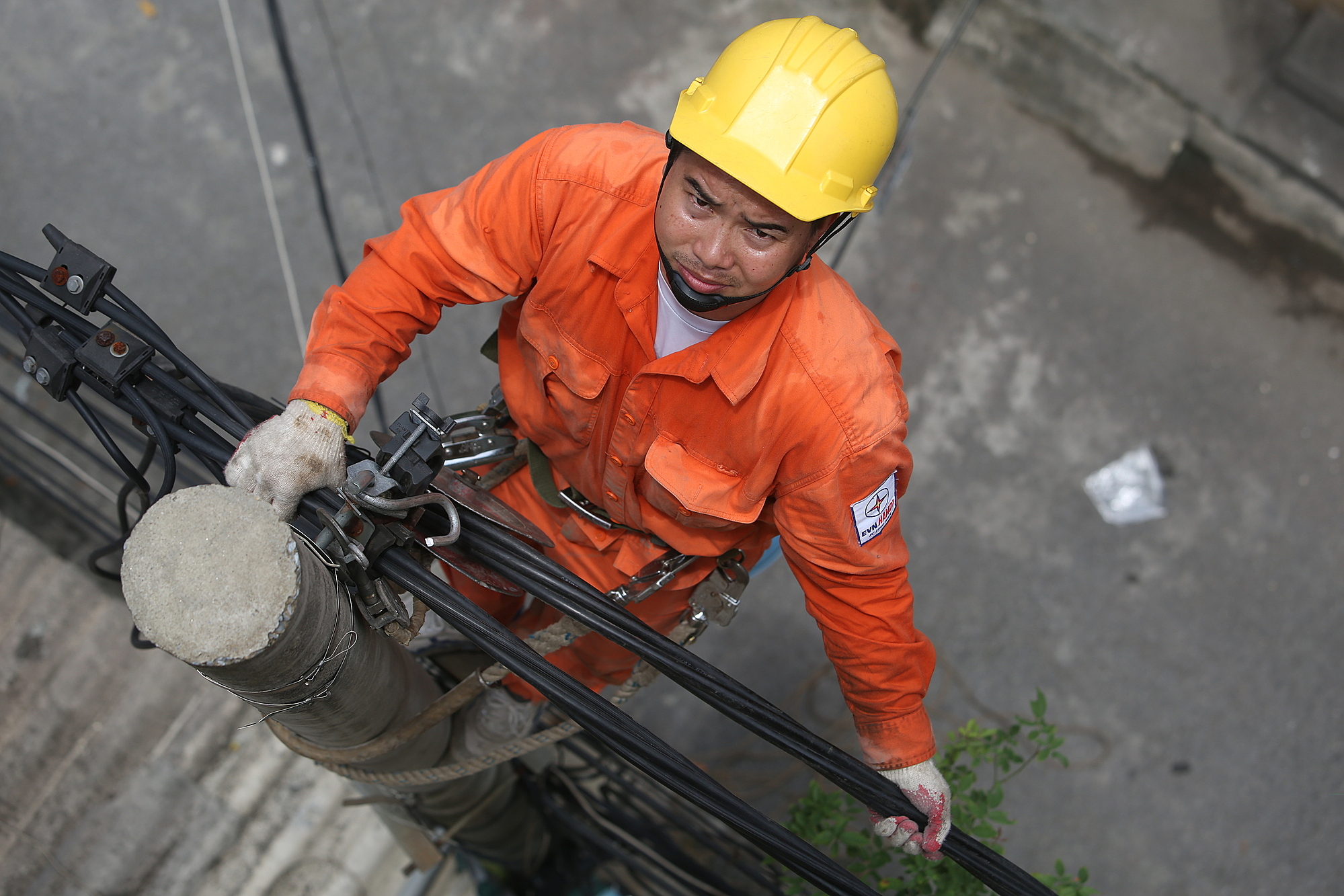 |
Electricity workers inspect power lines. Photo: EVN |
Electricity workers inspect power lines. Photo: EVN
In Resolution 70 of the Politburo on ensuring national energy security, the Politburo mandated price mechanism reform, aiming to eliminate cross-subsidies between customer groups and regions. Nguyen Anh Tuan, General Director of Vietnam Electricity (EVN), believes that adopting a two-part electricity pricing mechanism is crucial to achieving this goal.
Previously, in a report on EVN's two-part electricity pricing project in November 2024, a consulting firm recommended piloting this mechanism from the beginning of this year. The firm suggested that the pilot could initially apply to large manufacturing consumers, categorized by three voltage levels: high voltage (110 kV and above), medium voltage (6 kV to below 110 kV), and low voltage (below 6 kV). The capacity price (dong/kW/month) is expected to be calculated based on voltage level, while the energy price (dong/kWh) will vary according to peak, off-peak, and shoulder hours.
Reforming the retail electricity pricing mechanism is particularly relevant as Vietnam transitions to a market-based system for power generation, wholesale, and retail. However, the implementation of two-part pricing will impact various customer groups and households, as the amount payable might increase or decrease compared to the current mechanism. Therefore, a phased approach to changing the electricity pricing mechanism is essential, accompanied by public communication to build consensus.
Phuong Dung



